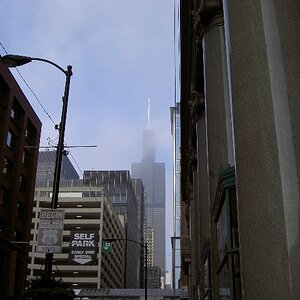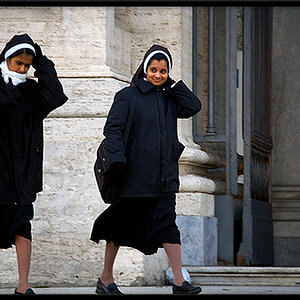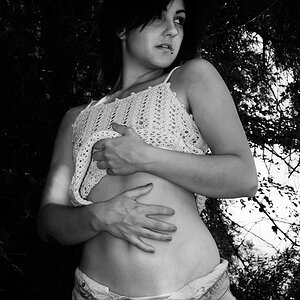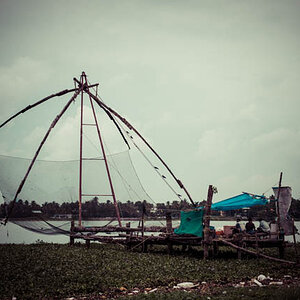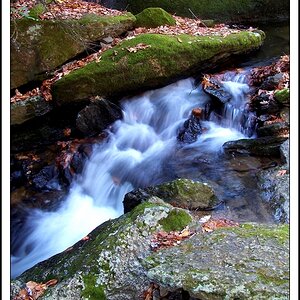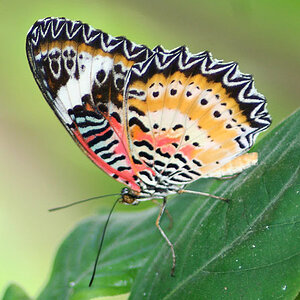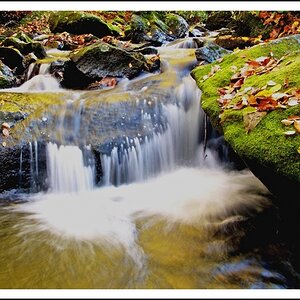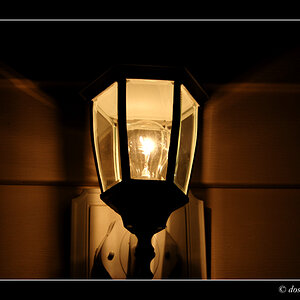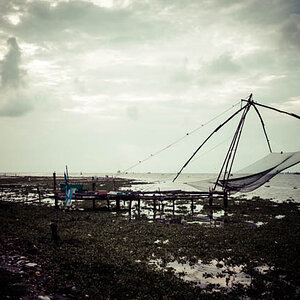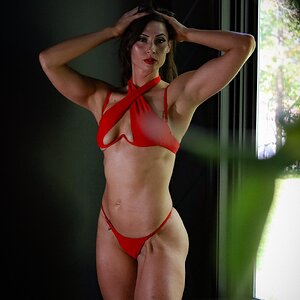skieur
TPF Noob!
- Joined
- May 14, 2007
- Messages
- 5,071
- Reaction score
- 204
- Location
- Canada
- Can others edit my Photos
- Photos OK to edit
Won't the a99 have a flip out screen?
The A77 has a flipout screen at 24 megapixels and the A99 will have a flip out screen in April 2012. Popular Photography magazine has indicated that there is no longer any difference in quality between images from crop body cameras and images from full frame cameras.
skieur


